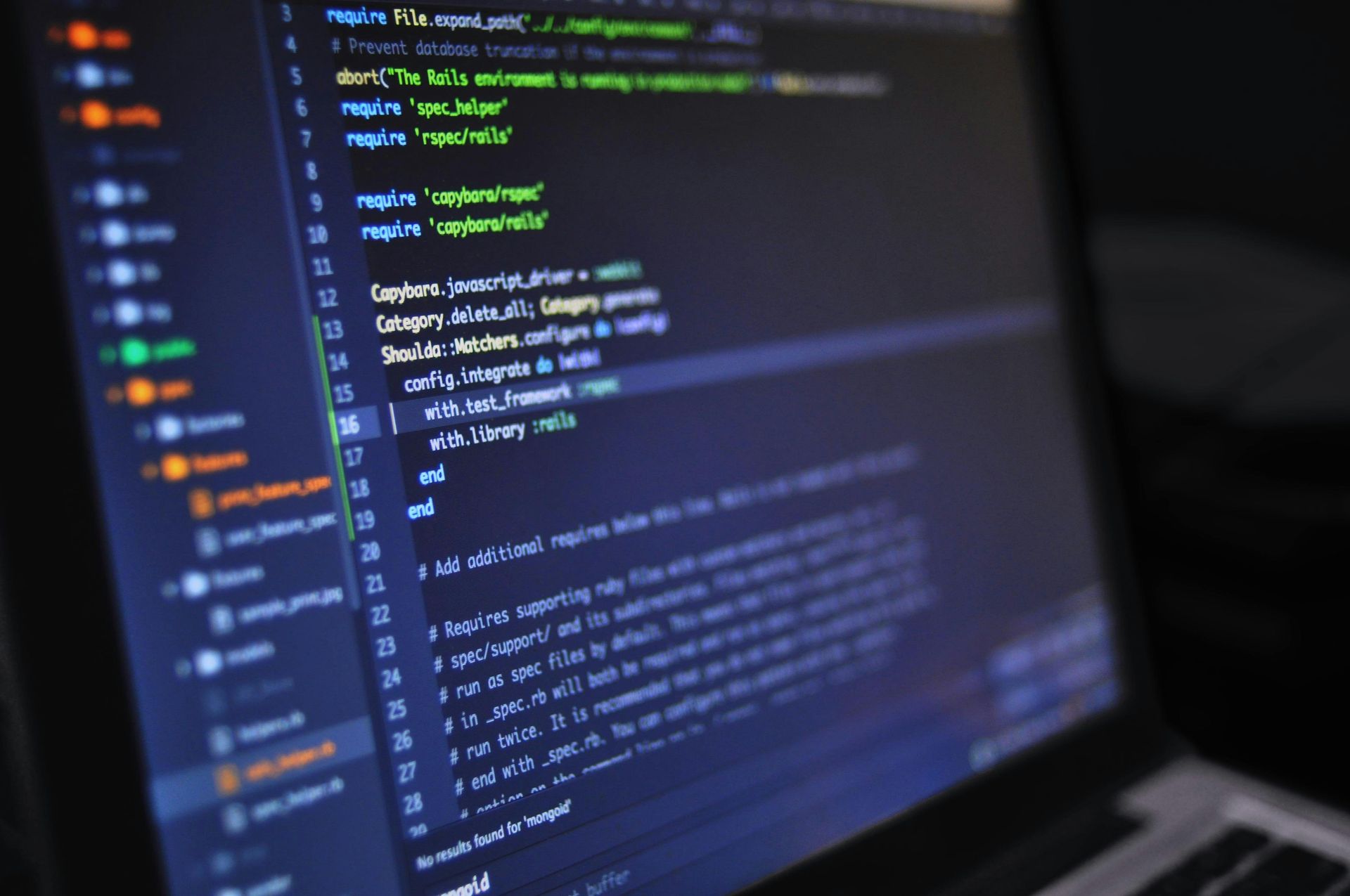Discover the transformative journey towards superintelligence.
Explore the future of artificial intelligence with this insightful guide!.
Superintelligence—AI that surpasses human cognitive abilities in virtually all domains—is no longer a distant fantasy.
In an age where artificial intelligence (AI) continually shapes the landscape of technology and society, the pursuit of superintelligence remains a tantalizing frontier. Superintelligence—AI that surpasses human cognitive abilities in virtually all domains—is no longer a distant fantasy. Instead, it's a compelling prospect that many innovators and researchers are actively working towards. If you're interested in the transformative journey towards achieving superintelligence, here are four pivotal steps that chart the path to this groundbreaking development.
We are done with over Step 1. Understanding Artificial Narrow Intelligence (ANI): The Present Landscape of AI.
How Does ANI Work?
ANI systems operate using machine learning techniques, where they're fed massive amounts of data related to the specific task they are meant to perform. Through pattern recognition, algorithms, and computational power, these systems can analyze the data, recognize trends, and make decisions based on predefined parameters. Virtual Assistants: Siri, Alexa, and Google Assistant are designed to respond to a broad range of simple commands. While they are quite efficient at managing these tasks, such as setting reminders or checking the weather, their functionality is confined to the programmed interactions.
Recommendation Algorithms: Platforms like Netflix and Amazon utilize ANI to provide users with personalized recommendations. By scanning past behavior and preferences, these AI systems predict and suggest content users may like.
Image and Speech Recognition: ANI powers various applications in image and speech recognition. For instance, Facebook's facial recognition tag suggestions and Google's real-time language translation employ ANI to carry out these specific tasks effectively.
Our step One will be relatively easy and simple. The AI Company and media such as Facebook, Google, Twitter, and more will do our consumers with conditions. This is where we can do regulations with AI, the first step 1. But we can't do it so hopefully regulations will be done with Step 2.
STEP 2 - We Are Here
Our Step 2 will be a little conflicted, Jobs will be done such as Customer Service, Telemarketing, and even early entry-level with engineers, and other jobs. Customer service is one of the most impacted sectors by artificial intelligence. AI-powered chatbots and virtual assistants are now capable of handling a wide array of customer queries, providing efficient and effective responses at any time of the day. These tools are gaining traction due to their ability to learn from customer interactions and continuously improve their responses, offering personalized assistance without human intervention. For businesses, this means reduced costs and increased efficiency; for workers, it signifies a shift towards roles that require more complex problem-solving skills and emotional intelligence to handle more nuanced customer interactions.
Data Centers significantly strain existing energy and water infrastructure. Our society will be fragmentation from the environment, our jobs, our erosion of our community. At this time hopefully we will do a Government regulation. If we can't do it, then we will do our Step 3, It will be a societal dystopian!
STEP 3 - Societal Dystopian
The Role of Superintelligent AI in 2030: Transforming the Future
As we edge closer to 2030, the dawn of superintelligent AI is on the horizon, promising to revolutionize various aspects of human life and society. The concept of superintelligent AI refers to artificial intelligence systems that surpass human intelligence in all domains, making decisions and solving problems at a speed and accuracy that far exceed our current capabilities. The potential implications of superintelligent AI are vast and multifaceted, affecting industries, ethics, and the essence of human interaction with technology.
Revolutionizing Industries
The integration of superintelligent AI into industries could lead to unprecedented levels of efficiency and innovation. In healthcare, superintelligent AI systems are expected to enhance diagnostic accuracy, tailor individualized treatment plans, and expedite drug discovery processes. These advancements could result in improved patient outcomes and a higher standard of public health.
In the realm of finance, superintelligent AI could optimize trading strategies, detect fraudulent activities in real-time, and offer personalized financial advice, significantly transforming the financial services landscape. Meanwhile, in manufacturing, AI-driven automation could enable the production of goods at an unprecedented pace and precision, minimizing waste and maximizing resource utilization.
Ethical Considerations
As superintelligent AI systems become more pervasive, ethical concerns surrounding their deployment are certain to arise. Issues of bias, privacy, and accountability need to be addressed to ensure that these AI systems benefit humanity as a whole. Establishing robust frameworks and guidelines for ethical AI use will be crucial to mitigate risks and ensure equitable outcomes.
Moreover, the possibility of AI systems making autonomous decisions raises questions about transparency and control. As AI technologies advance, maintaining a human-centered approach to AI governance, where decisions are based on principles of fairness, justice, and inclusivity, will be imperative.
Transforming Human-AI Interaction
By 2030, it is anticipated that superintelligent AI will reshape how humans interact with technology and each other. Personalized AI assistants may become integrated into everyday life, anticipating needs and preferences to seamlessly blend into daily routines. This collaboration could lead to enhanced productivity and improved quality of life, as time-consuming tasks are managed by superintelligent systems.
Furthermore, superintelligent AI has the potential to augment human creativity and problem-solving capabilities. By providing insightful analysis and novel solutions, AI can inspire innovation and empower individuals to tackle complex global challenges, from climate change to resource scarcity.
Preparing for the Future
To harness the potential of superintelligent AI, fostering a multidisciplinary approach to AI education and research is essential. Encouraging collaboration between technologists, ethicists, policymakers, and the general public can help shape AI innovations that align with human values and goals.
By 2030, properly harnessed superintelligent AI could lead to advancements in scientific research, economic growth, and societal equality. Automating mundane tasks could free up human time for creative and strategic endeavors, while AI solutions could tailor education and professional opportunities to individual aptitudes, fostering a more inclusive and equitable society.
The Ethical Quandary
However, the road to unleashing these benefits is fraught with ethical challenges. The immense power of superintelligent AI systems poses risks of misuse and unintended consequences. Without stringent ethical oversight and regulatory frameworks, these systems could be weaponized or employed in ways that exacerbate existing inequalities and biases.
There is also the question of control and accountability: Who holds the reins of such powerful technologies? Ensuring that AI operates transparently and aligns with human values will require collaboration across sectors and borders, establishing protocols that prevent misuse while encouraging innovation.
Paving a Judicious Path
To pave a positive path, researchers, policymakers, and technologists must work together to develop ethical guidelines and robust governance structures. Key steps include:
- Establishing Global Governance: Formulating an international consortium to oversee AI development, akin to the frameworks governing nuclear technology, could help unify ethical standards and facilitate collaborative progress.
- Investing in Safety Research: Prioritizing research into AI safety, interpretability, and alignment can ensure that AI systems act in human interests and prevent unintended harmful actions by these technologies.
- Promoting Public Understanding: Fostering public literacy about AI’s capabilities and limitations will empower societies to engage in informed debates and democratic decision-making about AI policies.
- Ensuring Inclusive Design: Ensuring diverse input in AI design processes can help mitigate biases and create systems that are more equitable and representative of varied human experiences.
Conclusion: A Future of Cautious Optimism
The potential of superintelligent AI to transform the world by 2030 is undeniable, but so are the risks associated with its misuse. The path forward lies in judicious, ethical development that prioritizes human welfare, transparency, and collaboration. If stakeholders focus on building systems that augment human capabilities while safeguarding against negative outcomes, superintelligent AI could indeed herald a new era of innovation and prosperity.
This transformative journey demands vigilance, ethical foresight, and a shared commitment to steering AI development in a direction that benefits all of humanity, ensuring a future not just dictated by technological prowess, but also guided by moral responsibility.







